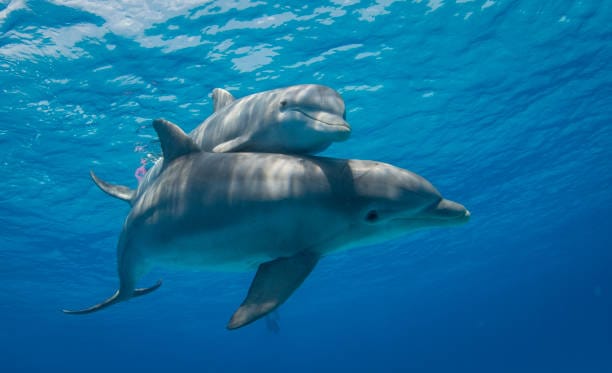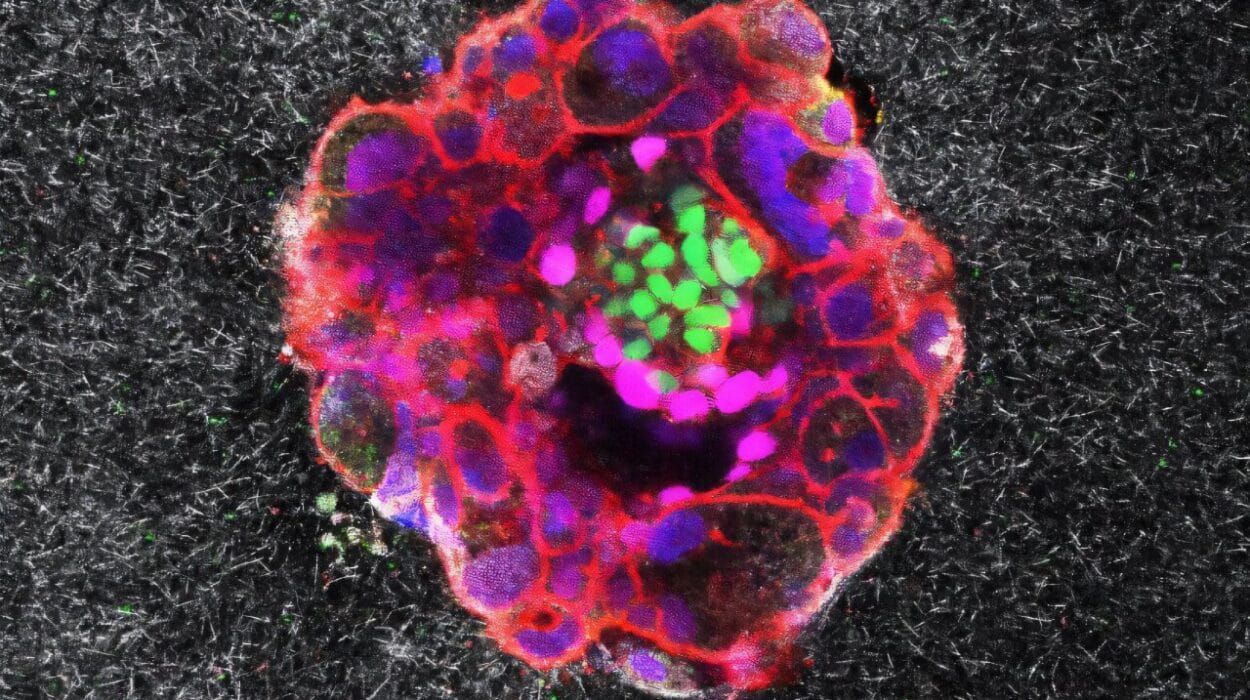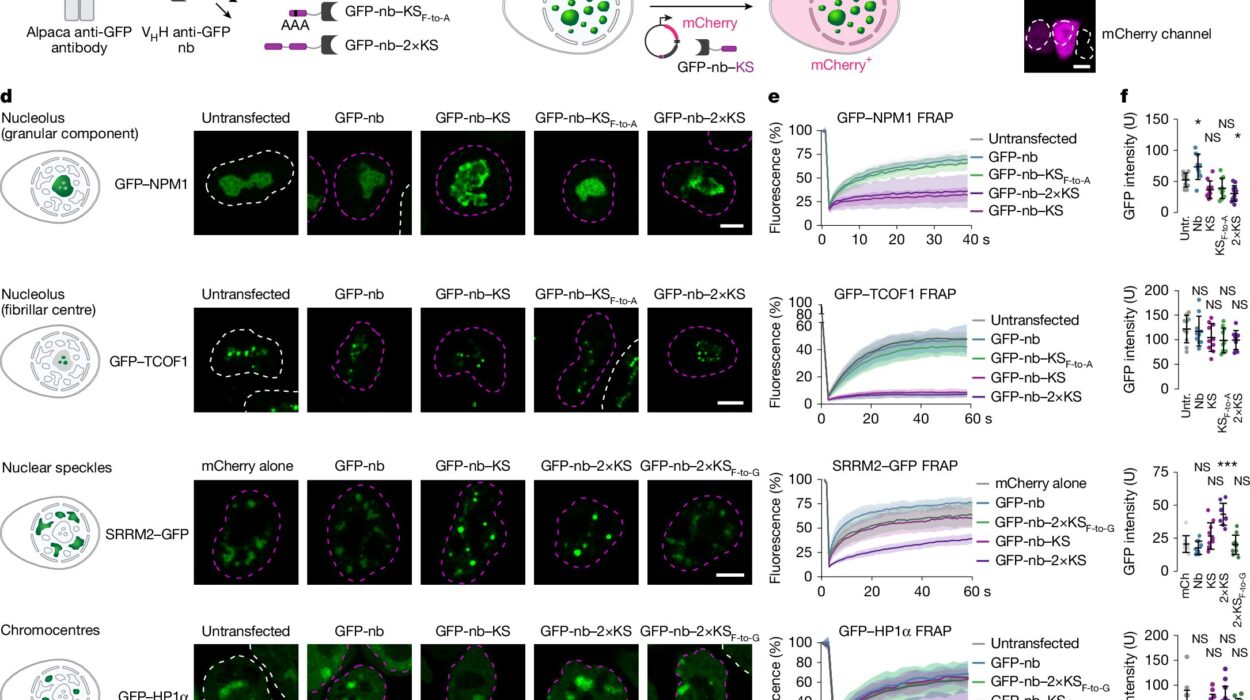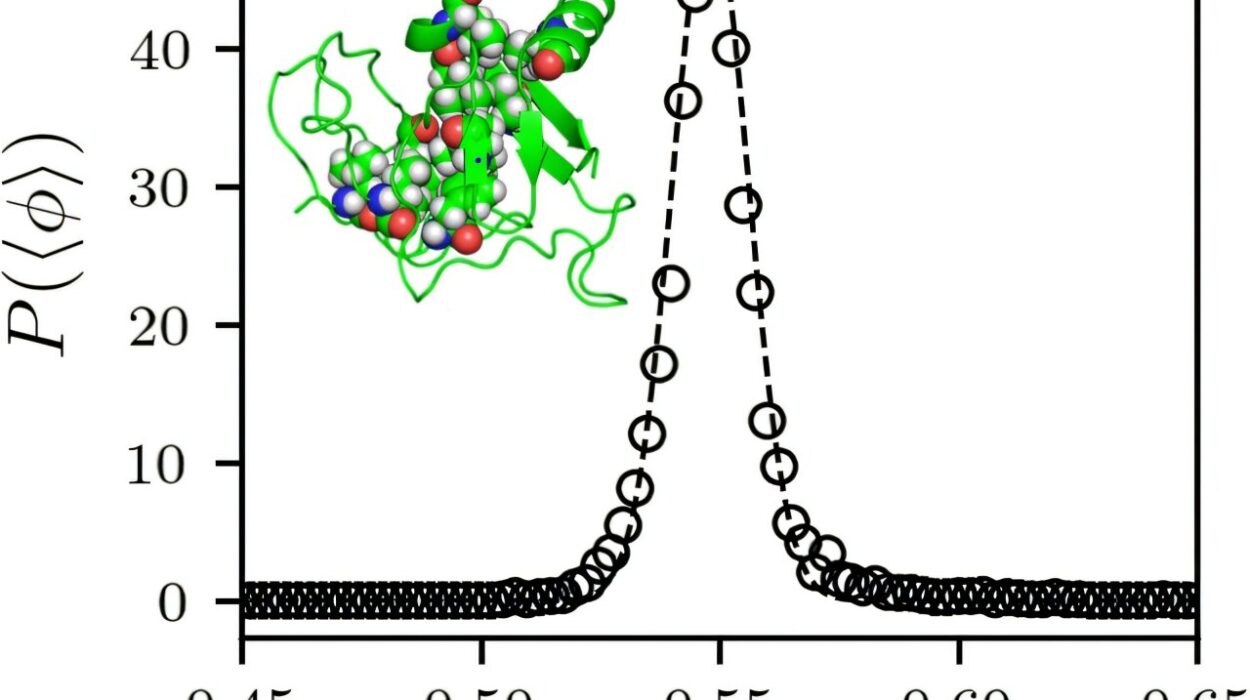In the vast blue theatres of the world’s oceans, dolphins are among the most charismatic performers. Known for their playful acrobatics, high-pitched whistles, and stunning agility, these marine mammals are far more than just entertainers of the sea. Beneath their smooth skin and endearing smiles lies an intricate web of intelligence, cooperation, and cultural complexity. Among their many talents, one stands out for its profound implications on our understanding of animal cognition: the use of tools.
For decades, tool use was considered a defining trait of humans. Even when researchers discovered that chimpanzees fashioned sticks to fish for termites, or that crows could bend wires to access food, these behaviors were often framed as exceptions in the animal kingdom. But as the veil of human exceptionalism has lifted, it has become increasingly clear that intelligence manifests in many forms—and in many places. In the underwater world of dolphins, tool use has emerged not only as a clever adaptation but as a survival strategy embedded within learned traditions.
Bottlenose Brilliance: The Sponging Dolphins of Shark Bay
Perhaps the most famous and well-documented example of dolphin tool use comes from Shark Bay, a World Heritage Site on the western coast of Australia. This unique and remote ecosystem has been home to a resident population of Indo-Pacific bottlenose dolphins (Tursiops aduncus) for generations. Over time, scientists noticed something peculiar: certain female dolphins were carrying marine sponges on the tips of their beaks—called rostrums—as they foraged along the seafloor.
At first, the behavior seemed odd, even whimsical. But as researchers from the University of Zurich and other institutions began studying these dolphins in detail, they realized it was far from random. The sponges were being used as tools.
These dolphins, dubbed “spongers,” were using the marine sponges as protective shields. As they scoured the seabed with rapid movements, the sponges prevented abrasions and injuries from sharp rocks, coral fragments, and stinging creatures like stingrays or sea urchins. More importantly, the tool allowed them to probe the substrate for hidden prey—bottom-dwelling fish that lacked swim bladders and were therefore invisible to echolocation.
This was not just innovative—it was culturally transmitted. The sponging behavior was almost exclusively passed from mother to daughter, forming a matrilineal tradition within the Shark Bay dolphin community. It was a clear example of non-human animals not only using tools but also teaching and learning complex foraging techniques from one another, shaping the very fabric of their social and ecological lives.
Culture Beneath the Waves
The discovery of sponging dolphins in Shark Bay forced scientists to reevaluate long-standing assumptions about the uniqueness of human culture. Culture, defined as behavior passed through social learning rather than genetics, had long been considered a human domain. But the dolphins of Shark Bay demonstrated that culture could evolve in the sea.
Sponging is not the only cultural behavior seen in dolphins, but it is among the most conspicuous and methodologically validated examples. Female dolphins begin practicing sponging at a young age, often observed clumsily attempting to balance the sponges before mastering the technique. Over time, they refine their abilities, using sponges more precisely to uncover prey like sand perch and buried gobies.
What makes this tool use even more intriguing is its exclusivity. Only a minority of dolphins in Shark Bay use this method, even though others live in similar environments and would presumably benefit from it. This selective adoption is a hallmark of cultural behavior. Like a human choosing chopsticks over a fork, the decision to use a sponge is shaped not by necessity but by tradition.
Crafting the Perfect Tool: Sponge Selection and Handling
Using a tool effectively is only half the story; selecting the right tool is equally crucial. In the case of the Shark Bay dolphins, this means choosing the appropriate type and size of sponge. Not all marine sponges are suitable for foraging. Some are too brittle, some too soft, and others chemically toxic. The dolphins show clear preference for robust, cone-shaped sponges that can withstand the rigors of seabed exploration.
Once selected, the dolphin expertly positions the sponge over the end of its rostrum, then dives to the ocean floor and begins methodically sweeping through the substrate. The sponge acts as a tactile extension of the dolphin’s body, allowing it to detect buried fish through touch and perhaps subtle shifts in pressure or temperature.
Interestingly, dolphins do not secure the sponge with their mouths. Instead, they balance it carefully on the snout, releasing it temporarily to capture prey and then retrieving it again. This requires not only dexterity but a level of intentionality that is rare among non-human animals. It suggests the dolphins understand the tool’s function and can anticipate the sequence of actions needed to forage effectively.
Tool Use Beyond Sponging
While sponging is the most celebrated example, dolphins exhibit several other tool-like behaviors that further reveal their cognitive sophistication. In some regions, dolphins have been observed using marine debris, such as seaweed or coral pieces, to interact with their environment or play socially. While these behaviors may not serve a direct survival function, they showcase the dolphins’ inclination to manipulate objects—a key precursor to more advanced tool use.
In captivity, dolphins have demonstrated the ability to learn and apply tool use when encouraged by researchers. At marine facilities, dolphins have been trained to use water streams as jets to dislodge floating objects or to cover their rostrums with rubber mats before pushing against abrasive surfaces. Though these behaviors differ from the naturally occurring sponging, they confirm that dolphins possess the mental framework for understanding tools, cause and effect, and problem-solving.
In another wild example, dolphins in Sarasota Bay, Florida, have been observed creating mud rings with their tails to trap fish. While not a physical tool in the traditional sense, this behavior—called “mud ring feeding”—uses a manipulated environmental feature to alter prey behavior, effectively functioning as a tool. The dolphin stirs up a circular wall of mud that disorients the fish, forcing them to leap out of the water and into the dolphin’s waiting jaws.
Evolutionary Roots of Dolphin Intelligence
Understanding why dolphins evolved such intelligence—and the ability to use tools—requires a deeper look into their evolutionary history. Dolphins are members of the cetacean order, which includes whales and porpoises. Their ancestors once walked on land, but over 50 million years ago, they returned to the sea, where they underwent profound evolutionary transformations.
In the water, survival depends not only on speed and agility but on adaptability. Dolphins live in fluid, three-dimensional environments where prey can vanish in an instant and threats can emerge from any direction. This complexity has driven the evolution of large, intricately folded brains and advanced sensory systems, including echolocation, which allows them to visualize their surroundings through sound.
Tool use likely evolved in response to specific ecological pressures. In habitats like Shark Bay, where prey are often hidden beneath sandy bottoms, conventional hunting methods are less effective. Dolphins that discovered or learned to use sponges had access to untapped food resources. Over time, this innovation provided a selective advantage, promoting the behavior’s retention and transmission within the population.
The Social Context of Innovation
Dolphin societies are among the most complex in the animal kingdom. They live in fission-fusion groups, meaning their social structures are dynamic and fluid, with individuals forming and dissolving associations over time. These relationships are governed by cooperation, alliance formation, and individual recognition.
Such social environments are fertile grounds for innovation. Young dolphins learn not only from their mothers but from peers and older individuals. Observational learning plays a critical role in the spread of behaviors, including tool use. In Shark Bay, for example, while sponging is passed from mother to daughter, other behaviors—such as alliance tactics among males—are shared across broader social networks.
Social complexity drives cognitive demands. To succeed in such a system, dolphins must remember relationships, understand intentions, and communicate effectively. These same cognitive skills also underpin the capacity for tool use. In this light, tool use is not an isolated trait but part of a broader intelligence that includes memory, imitation, planning, and problem-solving.
Cultural Niches and Ecological Specialization
What makes dolphin tool use especially compelling is its role in ecological niche specialization. In Shark Bay, spongers differ from non-spongers in their habitat preferences, daily routines, and diet. They spend more time alone, forage in deeper waters, and consume a narrower range of prey.
This suggests that tool use allows certain dolphins to exploit resources unavailable to others, reducing competition and enhancing survival. It also points to a form of cultural niche construction—where behavioral traditions shape and are shaped by the environment.
Such dynamics have profound implications for our understanding of evolution. They suggest that cultural behaviors can influence not just learning but survival and reproductive success. In other words, culture and biology are not separate but intertwined forces driving adaptation.
Challenges and Frontiers in Dolphin Tool Research
Despite decades of research, many questions remain about dolphin tool use. Why is sponging so strongly gendered, with females far more likely to adopt the behavior? What limits its spread within a population? Are there undiscovered tool traditions in other dolphin communities around the world?
Research in marine environments poses logistical challenges. Observing behavior in the wild requires patience, resources, and sometimes years of consistent fieldwork. Dolphins are elusive and mobile, and underwater visibility can vary dramatically. Yet, technological advances—such as drone footage, underwater acoustic tracking, and animal-borne cameras—are opening new windows into their lives.
Furthermore, ethical considerations play a role. As we uncover the cognitive richness of dolphins, questions arise about their treatment in captivity, their exposure to noise pollution, and the destruction of their habitats. The same intelligence that makes them fascinating also makes them vulnerable to the consequences of human activity.
Reflections on the Dolphin Mind
When we look at a dolphin using a sponge to uncover buried prey, we see more than a foraging strategy. We glimpse a mind capable of foresight, learning, and adaptation. We see mothers teaching daughters, traditions spanning generations, and cultural diversity thriving beneath the waves.
Tool use is not the sole indicator of intelligence, but it is a window into a sophisticated mind—one that recognizes challenges, crafts solutions, and passes them down. It invites us to reimagine our place in the animal kingdom not as singularly exceptional, but as part of a continuum of cognitive evolution.
Dolphins do not build skyscrapers or write poetry, but in their own way, they have invented technologies—crafted from sponge and mud—that serve their world as ours serve us. And in their sleek bodies and graceful movements, they remind us that intelligence wears many forms, and that nature is far more inventive than we once believed.
The Ocean’s Inventors
As the tide of scientific understanding continues to rise, so too does our appreciation for the minds that swim beneath the surface. Dolphins, with their laughter-like whistles and gentle curiosity, are more than animals—they are inventors, explorers, and cultural beings. Their use of tools is not an anomaly but a testament to the deep intelligence that nature has sculpted over eons.
In learning how dolphins survive—not just through instinct but through innovation—we learn something about ourselves. We learn that intelligence is not bounded by language or limbs, but flows through the world in myriad forms, waiting to be discovered. The dolphins of Shark Bay have already made their discovery. The question is: are we ready to fully understand it?






